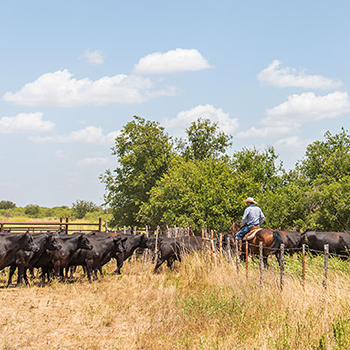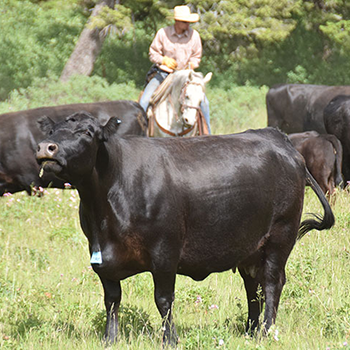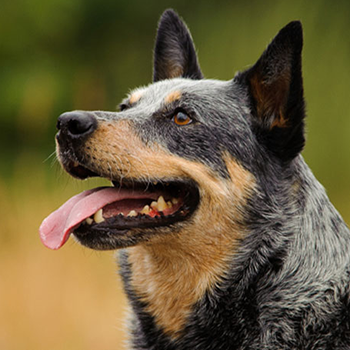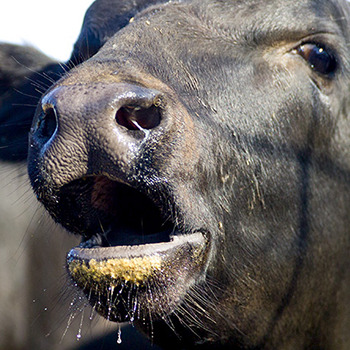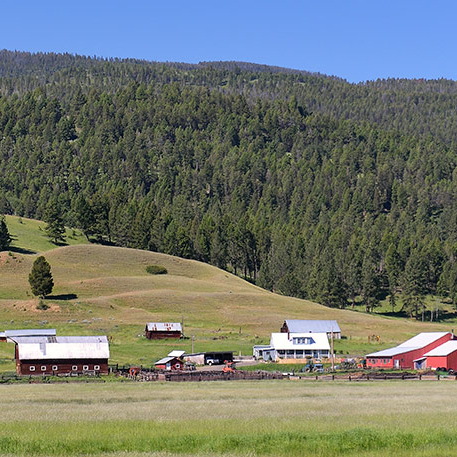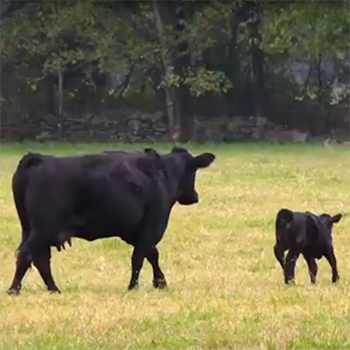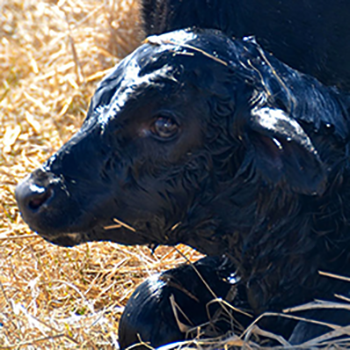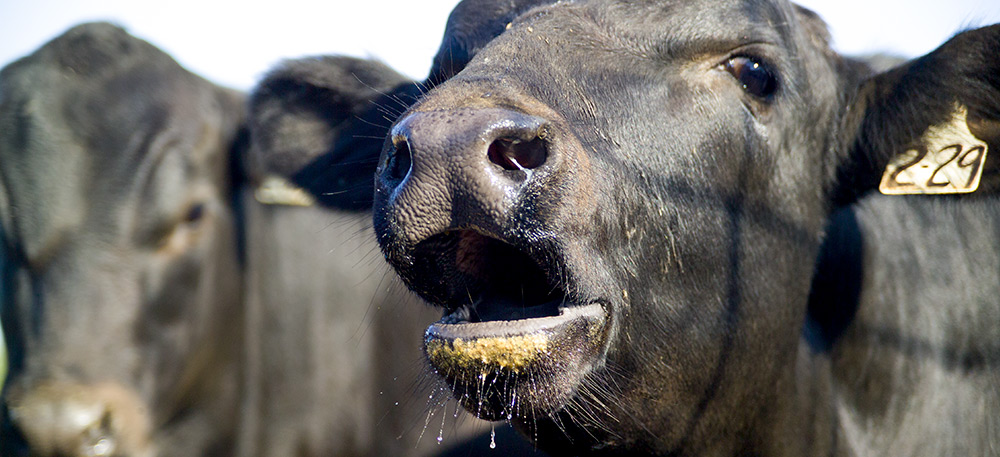
Stockmanship Strategies Reduce Stress at Weaning
Weaning calves properly means more than fresh hay, water and a locked gate.
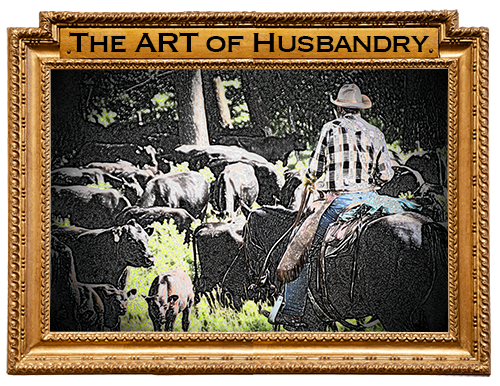
One of the best ways to reduce stress at weaning is to use low-stress handling and stockmanship to quiet the calves when they are separated from their mothers, says Ron Gill, professor and Extension livestock specialist at Texas A&M University.
“Even if you get them sorted and separated from mom quietly and put them in a pen or pasture without much hassle, calves will still walk the fence and bawl. Someone needs to get in there with them and quietly change their focus. This is what we call acclimation, to get them settled into their new situation smoothly,” says Gill.
According to Gill, there is usually one or two calves that start the fence-walking and bawling. Getting them to stop and focus on you helps. Doing this periodically during the first day or two helps the calves realize they can stop, relax and rest.
“They start looking to the person for reassurance and guidance, just as they looked to their mothers. You are their surrogate. You need to take charge of that group and let them know you can settle them down and that you are the one providing their feed. Being a distraction for them, you reduce a lot of their stress,” he explains.
Gill first honed in on stockmanship when he was involved in a preconditioning operation.
“We found we could reduce sickness and mortality rates. The problems dropped to almost nothing after we implemented good handling practices. This is more valuable than most people acknowledge. Most people separate calves from the cows and leave them in the pen or pasture and don’t go back out there to do anything with them,” he says. If you relieve the stress the first day or two, they stop bawling a lot quicker.
One problem with fenceline weaning is if you take any feed to the calves, the cows start bawling when they hear the truck.
If the cows start bawling, this will set the calves off again.
“Go out on foot or on an ATV, or some other way that won’t attract the cows and start them bawling — or it compounds the calves’ restlessness,” Gill says.
Those who wean in a corral without the option of fenceline weaning will have good access to the calves without the distraction of the cows. This is where stockmanship can make a big difference, says Gill. The beef industry is learning the importance of low-stress handling/stockmanship, and the dollar value of these methods.
“Sometimes we get them off to a good start, quietly, and then in two weeks rush out and vaccinate them. That’s a mistake, because vaccines aren’t as effective in stressed calves — and we’ve just put a stress on those calves by hurrying. Often we handle the vaccine correctly, administer it properly, etc., but get in a hurry when processing cattle. It’s important to be smooth and quiet to make sure those calves can mount a good immune response.”
He advises against using hot shots, loud noise or dogs.
“It’s also a good idea to get the calves accustomed to the way you’ll be handling them in the working facility. If they’ve never seen a person on foot, get them used to that ahead of time,” says Gill.
Operations that do everything horseback often have problems in the corral. This can be very stressful for calves. The first time they see someone on foot, they may run wildly and crash into fences.
“If cattle are always handled horseback, have someone get off their horse occasionally in the acclimation phase and lead the horse as you go through the calves. This gets them used to seeing someone on foot so that when they go to a marketing facility or see the truck driver, they don’t freak out,” he says. “It’s our responsibility to get calves used to everything they might encounter.”
Editor’s note: Heather Smith Thomas is a freelance writer and cattlewoman from Salmon, Idaho.
